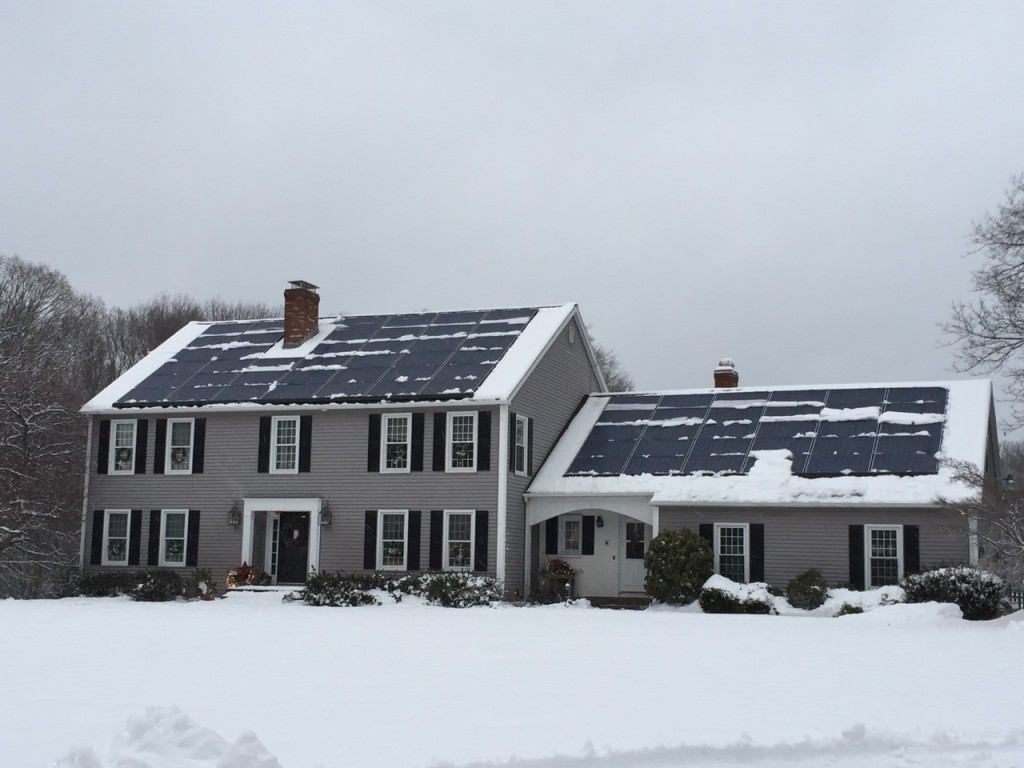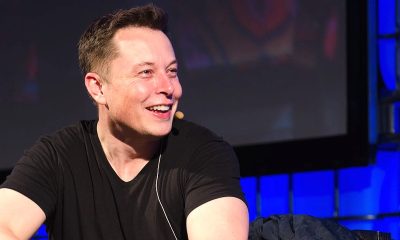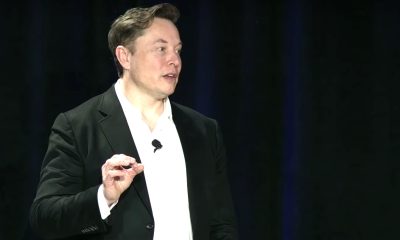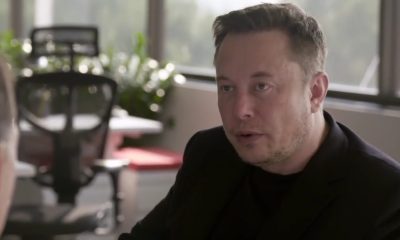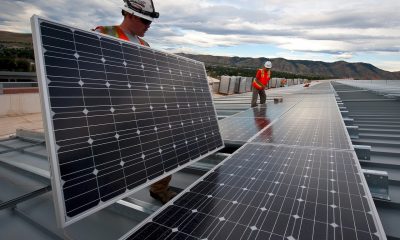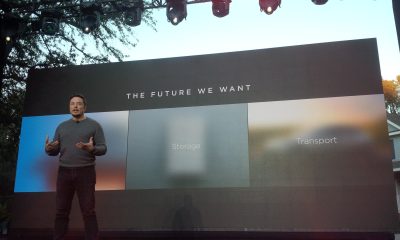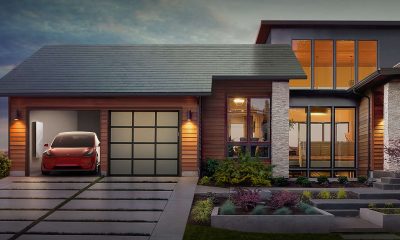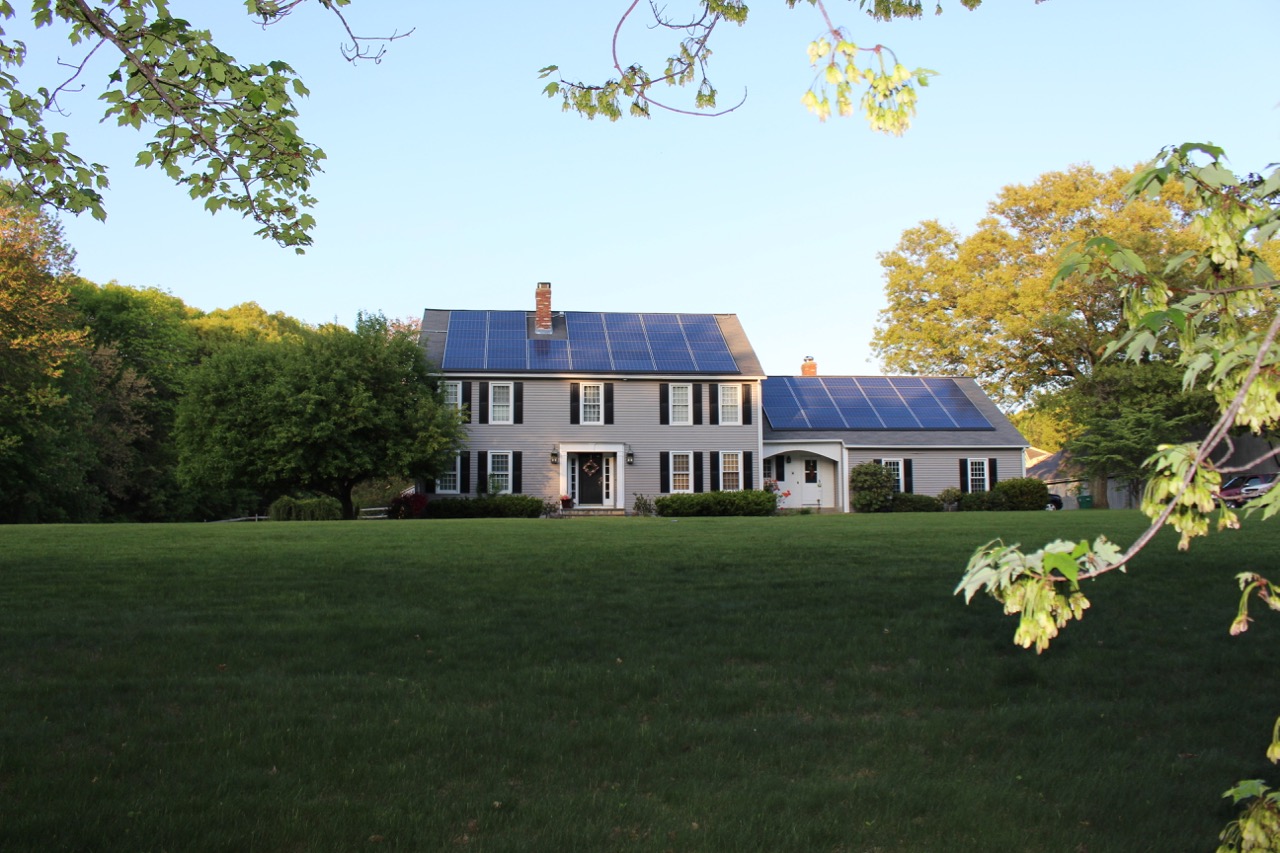

News
My journey with a SolarCity System: Snow, Net Metering
After 9 months of planning, waiting and negotiating, my SolarCity system installation was finally completed in December of 2014. Following the install, the only steps that remained were to implement updates required for net metering and to finalize the electrical and building inspections.
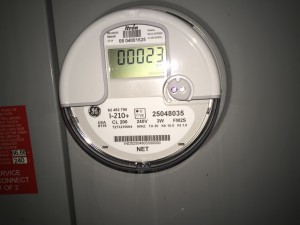
The electrical inspection went quickly, but the building inspection was a pain. The local building inspector wasn’t very responsive and scheduled inspections shortly after large snow storms, but then refused to do the inspection due to “snow covering the panels”.
While we waited for the inspections, which finally took place in March of 2015, National Grid installed a new Net Meter. Net meters are capable of monitoring the amount of power being sent back into the grid. The meter swap is quick work, but be forewarned that it requires power to be cut from your home during the swap.
Weathering the Storm
We had a brutal Winter here in the Northeast and this was my first year with panels. So I had concerns about the impact of the heavy snow being on top of the panels, and also how one goes about cleaning off the snow. I asked SolarCity about proper handling and they told me not to worry about it:
“We understand your concern with the snow and the load that it would cause. Please be advised that when your system was built, our engineers took into consideration, your roof structure as well as the amount of weight that it would be able to hold. We also have the system approved by the City for load bearings.The City and our engineers did take into consideration, the amount of largest amount of snow that your roof can withstand before we installed. I understand that there was a mass message out to all the people in the area advising them to make sure that they clear the roof. We advised that you allow the snow to melt/slide down on its own., If you are hiring someone to come out to clear the roof. Make sure that they be careful and they only sweep the panels.”
I patiently waited for the snow to slide off the panels and sure enough it did, and with no issues. The snow slides off the black, wet glass-like surface of the solar panels. You definitely don’t want to be anywhere below the roofline when the snow decides to let go!
Early Issues – Broken Gear
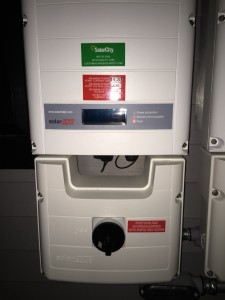 Once National Grid completed the net metering install, I was finally approved to turn on the system. The first step involves turning a big dial (on each inverter) from off to on. I have three inverters which means three dials to flip on.
Once National Grid completed the net metering install, I was finally approved to turn on the system. The first step involves turning a big dial (on each inverter) from off to on. I have three inverters which means three dials to flip on.
I turned each of them on. Two lit green almost immediately while the remaining inverted displayed a red fault light. There were no instructions on what to do in this scenario; no manuals and no guidance, so my only option was to call for help.
Getting help from SolarCity on the issue at had was a frustrating experience. SolarCity has a lot to learn when it comes to customer service. I spoke to several customer support managers as I continued to escalate my issue.
Finally, after five weeks of follow ups and many phone calls, I got the broken inverter fixed.
Tip:
SolarCity doesn’t bother to tell you this, but what I discovered was a little black button in the middle of the inverter. It’s hard to see but if you press the button you’ll be able to cycle through messages on the digital display, one of which is a fault code. Providing SolarCity with a fault code is much more useful than just letting them know that a red light is blinking.
Early Issues – Snow Fall
As mentioned earlier, snow doesn’t stick to the panels for long, but it does manage to build up before it lets go. Imagine 3 feet of heavy snow mixed with ice over your entire roof all letting go at the same time. It’s not a slow drip. It’s an avalanche.
The end result is dead flowers, dead bushes, and broken branches on vegetation immediately below the roof. As much as it’s common sense that snow will eventually melt from a roof and slide down, I wish SolarCity would have warned us that snow tends to slide from solar panels at a much quicker rate. I would have done something to fortify those flowers and bushes. After all, landscaping is not cheap.
There’s an accident waiting to happen so I think it’s in SolarCity’s best interest to pre-warn people of this, especially newbies to the world of solar panels.
Summary
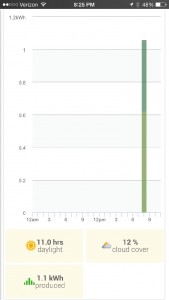 Eleven months after starting the project, my SolarCity system finally went live (partially) on February 23, 2015. And on April 1, 2015, the third inverter was fixed allowing the system to work in its full capacity.
Eleven months after starting the project, my SolarCity system finally went live (partially) on February 23, 2015. And on April 1, 2015, the third inverter was fixed allowing the system to work in its full capacity.
The image to the right is showing the day when the transformer on my street blew up and the entire street lost power for several hours. I added 33% more power from my large system going back into the network while using very little (Winter time) the same day the transformer blew. But then again, it was also April 1. Nobody made a fuss — National Grid replaced the transformer and all has been stable since. My best guess as to why that happened? Perhaps the transformer was already near its thresholds and my solar installation was the one to tip it over?
I’ll be writing about system monitoring, cost savings and billing errors in upcoming posts. The story isn’t over yet.

News
Tesla rolls out most aggressive Model Y lease deal in the US yet
With the promotion in place, customers would be able to take home a Model Y at a very low cost.
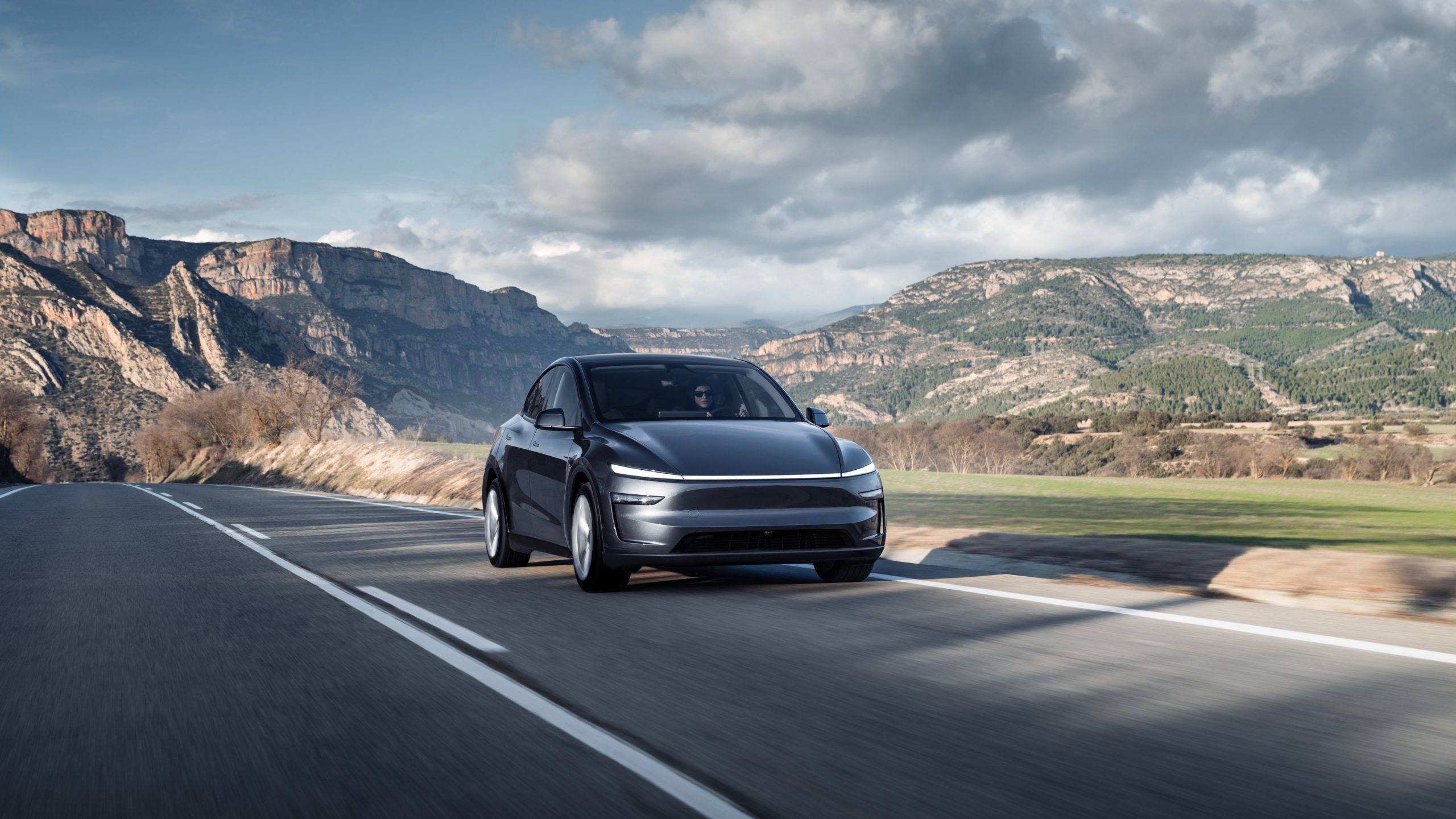
Tesla has rolled out what could very well be its most aggressive promotion for Model Y leases in the United States yet. With the promotion in place, customers would be able to take home a Model Y at a very low cost.
Zero downpayment leases
The new Model Y lease promotion was initially reported on X, with industry watcher Sawyer Merritt stating that while the vehicles’ monthly payments are still similar to before, the cars can now be ordered with a $0 downpayment.
Tesla community members noted that this promotion would cut the full payment cost of Model Y leases by several thousand dollars, though prices were still a bit better when the $7,500 federal tax credit was still in effect. Despite this, a $0 downpayment would likely be appreciated by customers, as it lowers the entry point to the Tesla ecosystem by a notable margin.
Premium freebies included
Apart from a $0 downpayment, customers of Model Y leases are also provided one free upgrade for their vehicles. These upgrades could be premium paint, such as Pearl White Multi-Coat, Deep Blue Metallic, Diamond Black, Quicksilver or Ultra Red, or 20″ Helix 2.0 Wheels. Customers could also opt for a White Interior or a Tow Hitch free of charge.
A look at Tesla’s Model Y order page shows that the promotion is available for all the Model Y Premium Rear-Wheel Drive and the Model Y Premium All-Wheel Drive. The Model Y Standard and the Model Y Performance are not eligible for the $0 downpayment or free premium upgrade promotion as of writing.
@teslarati 🚨 Tesla Full Self-Driving v14.1.7 is here and here’s some things it did extremely well! #tesla #teslafsd #fullselfdriving ♬ You Have It – Marscott
News
Tesla is looking to phase out China-made parts at US factories: report
Tesla has reportedly swapped out several China-made components already, aiming to complete the transition within the next two years.

Tesla has reportedly started directing its suppliers to eliminate China-made components from vehicles built in the United States. This would make Tesla’s US-produced vehicles even more American-made.
The update was initially reported by The Wall Street Journal.
Accelerating North American sourcing
As per the WSJ report, the shift reportedly came amidst escalating tariff uncertainties between Washington and Beijing. Citing people reportedly familiar with the matter, the publication claimed that Tesla has already swapped out several China-made components, aiming to complete the transition within the next two years. The publication also claimed that Tesla has been reducing its reliance on China-based suppliers since the pandemic disrupted supply chains.
The company has quietly increased North American sourcing over the past two years as tariff concerns have intensified. If accurate, Tesla would likely end up with vehicles that are even more locally sourced than they are today. It would remain to be seen, however, if a change in suppliers for its US-made vehicles would result in price adjustments for cars like the Model 3 and Model Y.
Industry-wide reassessments
Tesla is not alone in reevaluating its dependence on China. Auto executives across the automotive industry have been in rapid-response mode amid shifting trade policies, chip supply anxiety, and concerns over rare-earth materials. Fluctuating tariffs between the United States and China during President Donald Trump’s current term have made pricing strategies quite unpredictable as well, as noted in a Reuters report.
General Motors this week issued a similar directive to thousands of suppliers, instructing them to remove China-origin components from their supply chains. The same is true for Stellantis, which also announced earlier this year that it was implementing several strategies to avoid tariffs that were placed by the Trump administration.
@teslarati 🚨 Tesla Full Self-Driving v14.1.7 is here and here’s some things it did extremely well! #tesla #teslafsd #fullselfdriving ♬ You Have It – Marscott
News
Tesla owners propose interesting theory about Apple CarPlay and EV tax credit
“100%. It’s needed for sales because for many prospective buyers, CarPlay is a nonnegotiable must-have. If they knew how good the Tesla UI is, they wouldn’t think they need CarPlay,” one owner said.
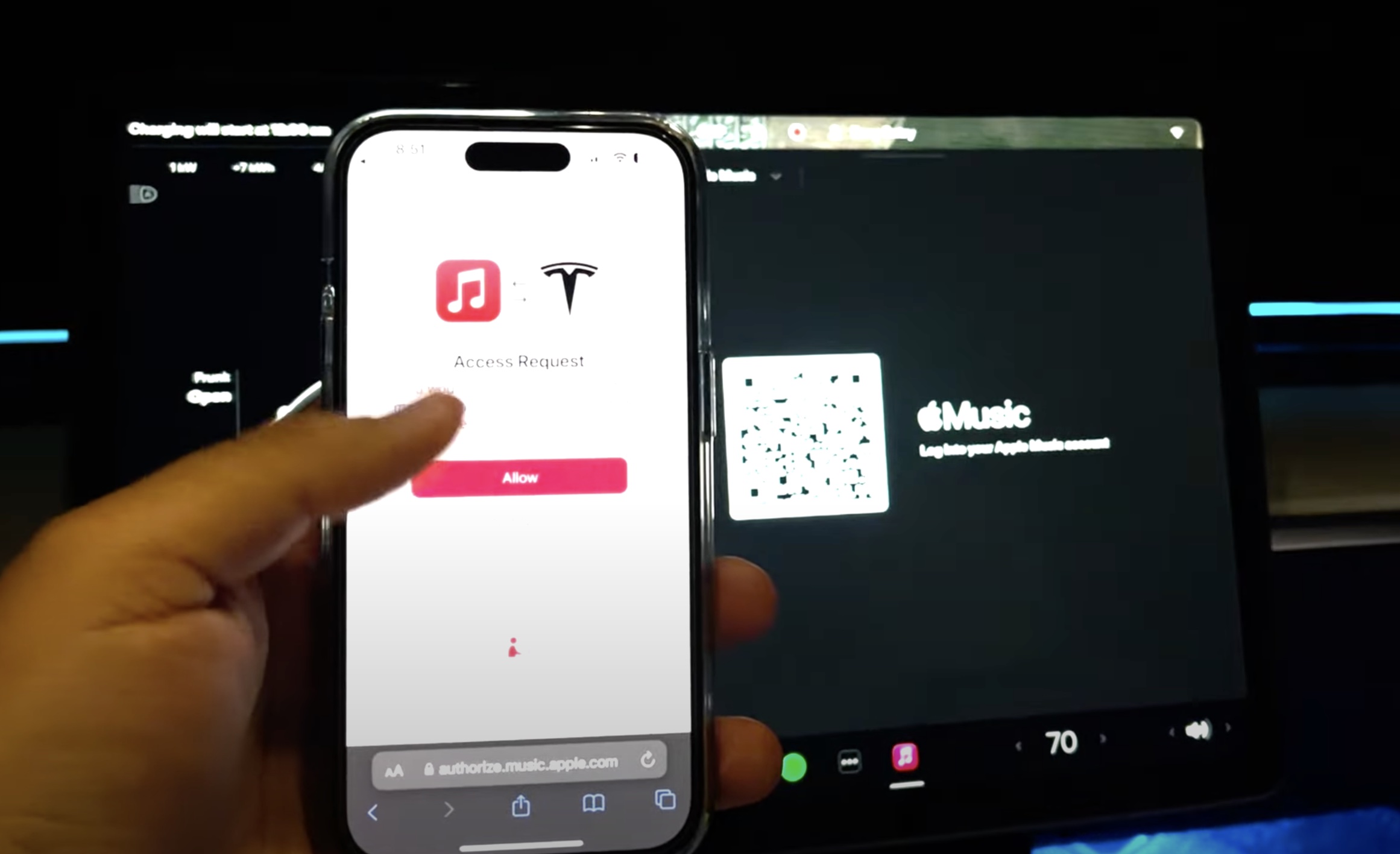
Tesla is reportedly bracing for the integration of Apple’s well-known iOS automotive platform, CarPlay, into its vehicles after the company had avoided it for years.
However, now that it’s here, owners are more than clear that they do not want it, and they have their theories about why it’s on its way. Some believe it might have to do with the EV tax credit, or rather, the loss of it.
Owners are more interested in why Tesla is doing this now, especially considering that so many have been outspoken about the fact that they would not use it in favor of the company’s user interface (UI), which is extremely well done.
After Bloomberg reported that Tesla was working on Apple CarPlay integration, the reactions immediately started pouring in. From my perspective, having used both Apple CarPlay in two previous vehicles and going to Tesla’s in-house UI in my Model Y, both platforms definitely have their advantages.
However, Tesla’s UI just works with its vehicles, as it is intuitive and well-engineered for its cars specifically. Apple CarPlay was always good, but it was buggy at times, which could be attributed to the vehicle and not the software, and not as user-friendly, but that is subjective.
Nevertheless, upon the release of Bloomberg’s report, people immediately challenged the need for it:
Everyone thinks they need it. I would think that too if I didn’t know how good Tesla’s interface was. CarPlay is a crappy layer on top of crappy info-navs, and people think it’s an imperative because it provides a level of consistency from car to car. They have no clue how much…
— Rich Stafford (@r26174_rich) November 14, 2025
How can it not be when the best engineers choose Tesla over Apple and Tesla’s core focus is auto vs Apple being mobile. It’s what Tesla does every day. It’s a side project for Apple. Still Apple is much better than any other auto OEM who attract lesser talent and make digital…
— Emu (@confessedemu) November 14, 2025
Some fans proposed an interesting point: What if Tesla is using CarPlay as a counter to losing the $7,500 EV tax credit? Perhaps it is an interesting way to attract customers who have not owned a Tesla before but are more interested in having a vehicle equipped with CarPlay?
“100%. It’s needed for sales because for many prospective buyers, CarPlay is a nonnegotiable must-have. If they knew how good the Tesla UI is, they wouldn’t think they need CarPlay,” one owner said.
Tesla has made a handful of moves to attract people to its cars after losing the tax credit. This could be a small but potentially mighty strategy that will pull some carbuyers to Tesla, especially now that the Apple CarPlay box is checked.
@teslarati :rotating_light: This is why you need to use off-peak rates at Tesla Superchargers! #tesla #evcharging #fyp ♬ Blue Moon – Muspace Lofi
-
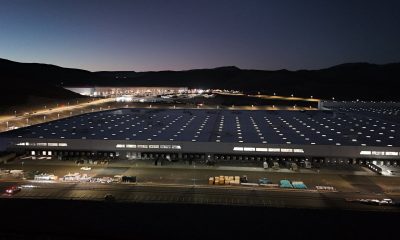
 News1 week ago
News1 week agoTesla shares rare peek at Semi factory’s interior
-

 Elon Musk1 week ago
Elon Musk1 week agoTesla says texting and driving capability is coming ‘in a month or two’
-

 News1 week ago
News1 week agoTesla makes online ordering even easier
-
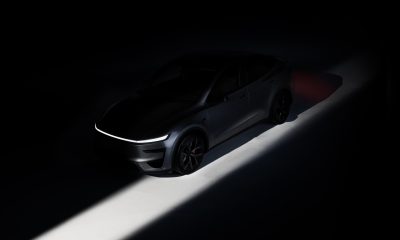
 News1 week ago
News1 week agoTesla Model Y Performance set for new market entrance in Q1
-
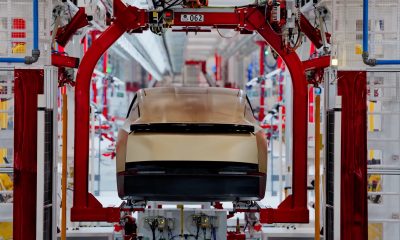
 News1 week ago
News1 week agoTesla Cybercab production starts Q2 2026, Elon Musk confirms
-
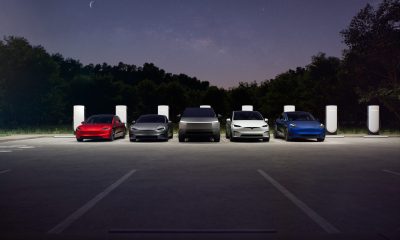
 News6 days ago
News6 days agoTesla is launching a crazy new Rental program with cheap daily rates
-
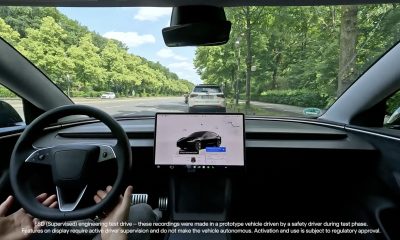
 News1 week ago
News1 week agoTesla China expecting full FSD approval in Q1 2026: Elon Musk
-
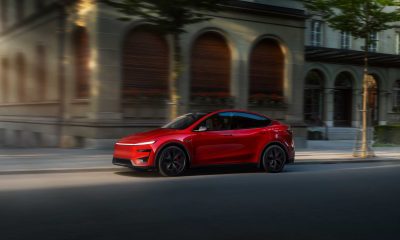
 News1 week ago
News1 week agoTesla Model Y Performance is rapidly moving toward customer deliveries
